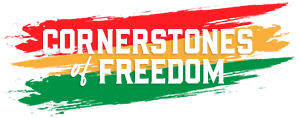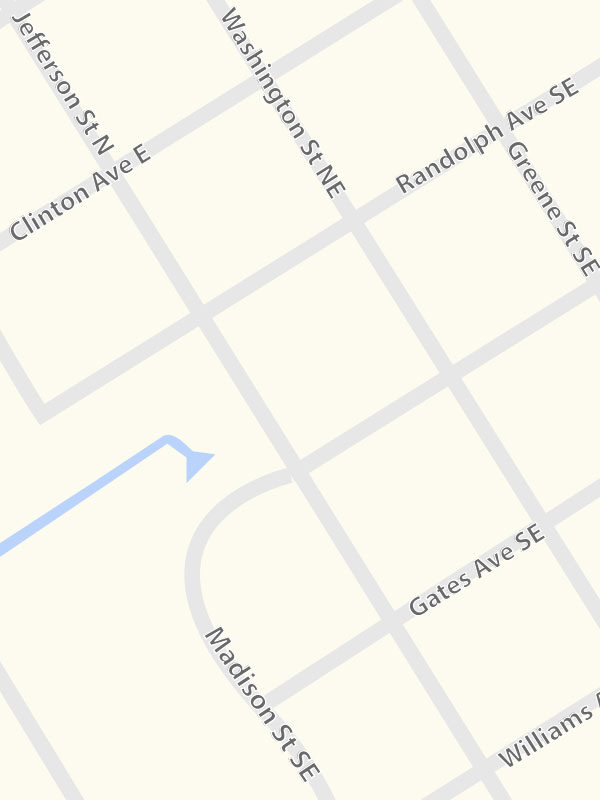Point 8: Cotton Row and Newspaper Office of Henry C. Binford
West Side Square Pavilions

One of these buildings on West Side Square, also known as Cotton Row, is the former office of Henry Claxton Binford, Sr. who published The Journal from 1895 to 1912. Binford’s newspaper kept Huntsville’s Black community up to date on relevant local and national issues.
Binford was an educator, publisher, and elected official. Born enslaved, he was a graduate of Rust Institute, a school established In Huntsville for freed people by the Freedman’s Aid Society. Binford was the principal of Huntsville’s first public school for Black students, which was originally located in the basement of Lakeside Methodist Church. As the publisher of The Journal, he was his community’s greatest advocate. Binford was elected to Huntsville’s Board of Alderman in 1897 and 1901. Along with Daniel Brandon, Binford would be the last African American elected to a Huntsville municipal office until 1988.

Married to the former Frances Hendley, Henry and Frances Binford had four children. The eldest, Henry C. Binford Jr., graduated from Howard University and returned to Huntsville where he was principal of the city’s “Colored” school, the future William Hooper Councill school. While at Howard University, Binford met Mary Wood, who would also graduate from Howard. The couple married in 1897. Mary Binford taught Black students in Huntsville’s public school system.
In 1920, following the ratification of the 19th amendment, Mary Binford was one of six Black Madison County women who registered to vote. Alabama’s 1901 Constitution imposed provisions designed to limit Black suffrage. By demanding their voting rights, Mary Binford, Ellen Brandon, India Herndon, Lou Bertha Johnson, Celia Love and Dora Lowery pushed back against white supremacy and marked the early stages of Huntsville’s Voting Rights Movement.

